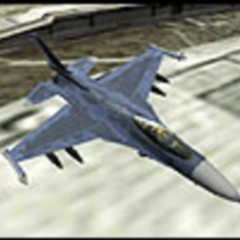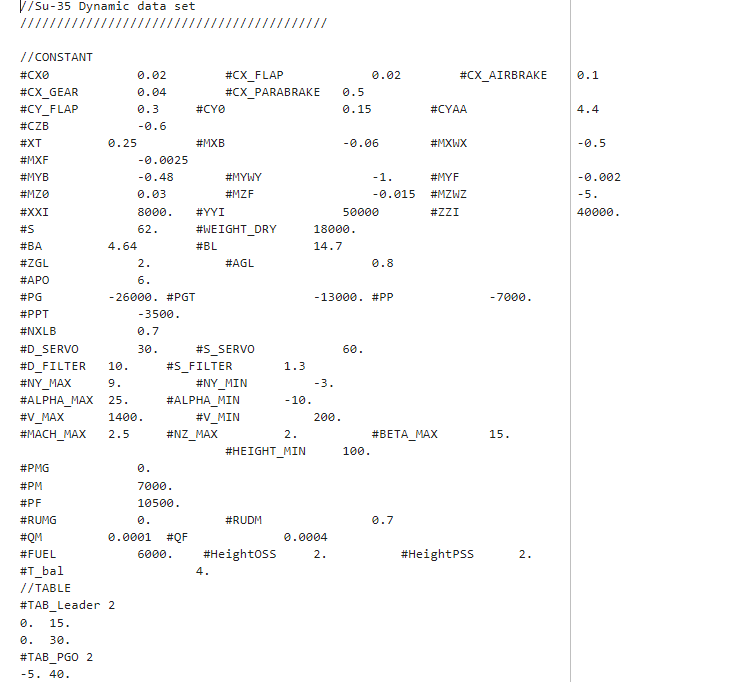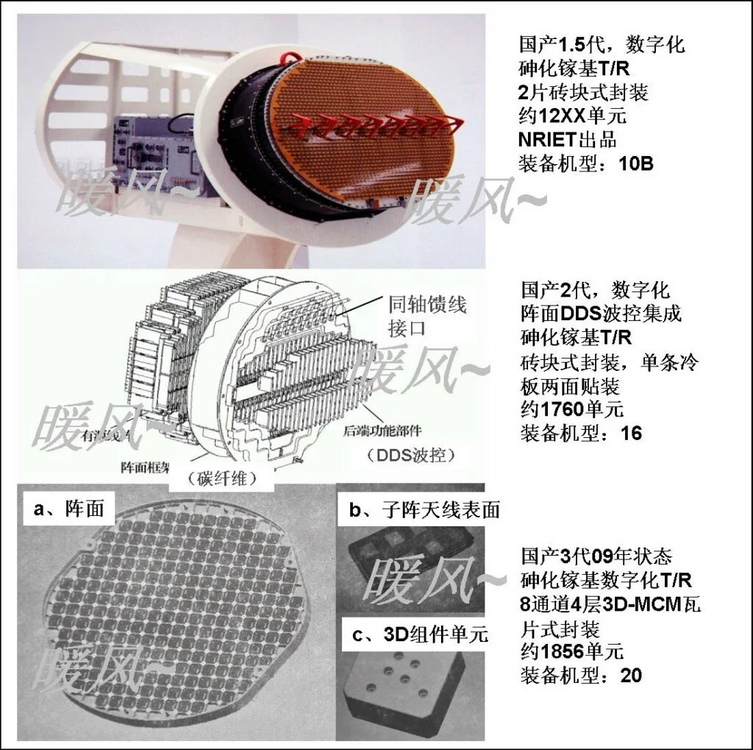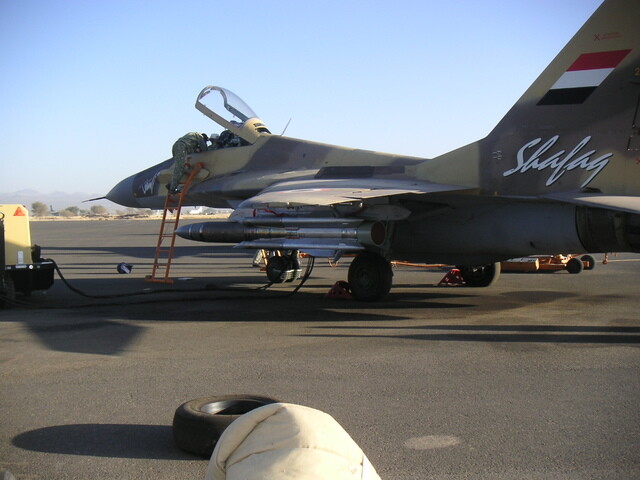-
Posts
1116 -
Joined
-
Last visited
Content Type
Profiles
Forums
Events
Everything posted by F-2
-
Su-30mk old MKI desktop sim developed with flanker engine https://web.archive.org/web/20030621173542/http://supermaneuver.narod.ru/ flight model code ripped by flanker team https://ryanporto.com/wiki/aerospace/su-37-flight-control-system/ flight control law Bars N011M info I think an AI asset is possible
-
F-15C never had GE!
-
Thank you. I don’t think a J-20 module is plausible but my hope was J-10 module and J-20 AI asset.
-
https://basicsaboutaerodynamicsandavionics.wordpress.com/2022/11/27/j-20-radar-scattering-simulation/
-

More nuanced RCS simulation, especially now when the F-35 is coming.
F-2 replied to bies's topic in DCS Core Wish List
https://basicsaboutaerodynamicsandavionics.wordpress.com/2022/11/27/j-20-radar-scattering-simulation/ it’s doable -
https://web.archive.org/web/20171024100225/http://www.salut.ru/ViewTopic.php?Id=1459 Some stuff on the ws-10 variant I’ll post later when I go through my article collection
-
-
War of the triple alliance part 2
-
Not at all likely though an AI asset would be cool. Quite a few papers on Aero, RCS studies and the general characteristics of the radar is known. Early batch used an al31f variant
-

Want F-117A Nighthawk - high fidelity module
F-2 replied to Cigar Bear's topic in DCS Core Wish List
I suspect it will come. actually since they use the F-117 as an aggressor to simulate Chinese stealth jets it’s perfect for the F-35. -
https://discovery.nationalarchives.gov.uk/details/r/C17574716 apparently this has lots of information on blue vixen. I’m looking into requesting a copy. It might be a bit pricy but it should be worth it. still no luck on blue fox
-
I just wanted the date
-
Yea, APG-70 entered service in 1988, APG-63(v)1 in mid 2001, actually a few months before APG-63(v)2 (April vs December) https://aviationweek.com/af-begins-deploying-apg-63v1-radar-upgrades-f-15-fleet i don’t know if APG-63(v)1 is actually that different in performance or if it’s mostly a reliability replacement modification. As I understand it apg-63 and apg-70 were out of production and in need of parts https://comptroller.defense.gov/Portals/45/Documents/execution/reprogramming/fy2001/prior1415s/01-05_PA_F-15.pdf
-
Wow thank you!
-
This is 9.18 which doesn’t have the hump 9.19 has the hump. 9.18 is used by Yemen and Eritrea.
-
https://www.f-16.net/forum/viewtopic.php?f=62&t=53417 Aesa range calculator. Estimating apg-81 with public sources
-
-

Q: Any plans for more contemporary (2010s) AI opponents? (F-35A)
F-2 replied to Avimimus's topic in DCS Core Wish List
Cubanace is apparently working on an AI Su-57. An AI J-20 is probably possible, lots of papers on its aerodynamics, early batch use al-31fm2, we have rough radar characteristics. -
Apparently Project Flanker is considering applying per the newer rules.
-
If you want a Su-27sm I would consider holding out. I see people getting Su-30mk stuff in their respective countries all the time. I don’t think it’s particularly secret and it has nearly the same avionics as the SM. I think it’s just a matter of time.
-
IEEE paper on the apg-77 which is as similar as it gets. LPI is just an inherent characteristic of the system. 154453_575645487_IEEE MALAS F-22 RADAR DEVELOPMENT.pdf
-
There is a publicly available SMT radar export manual. Not restricted. ED has a copy.
-
I’ll look to find more of these displays to see if any of them show that










